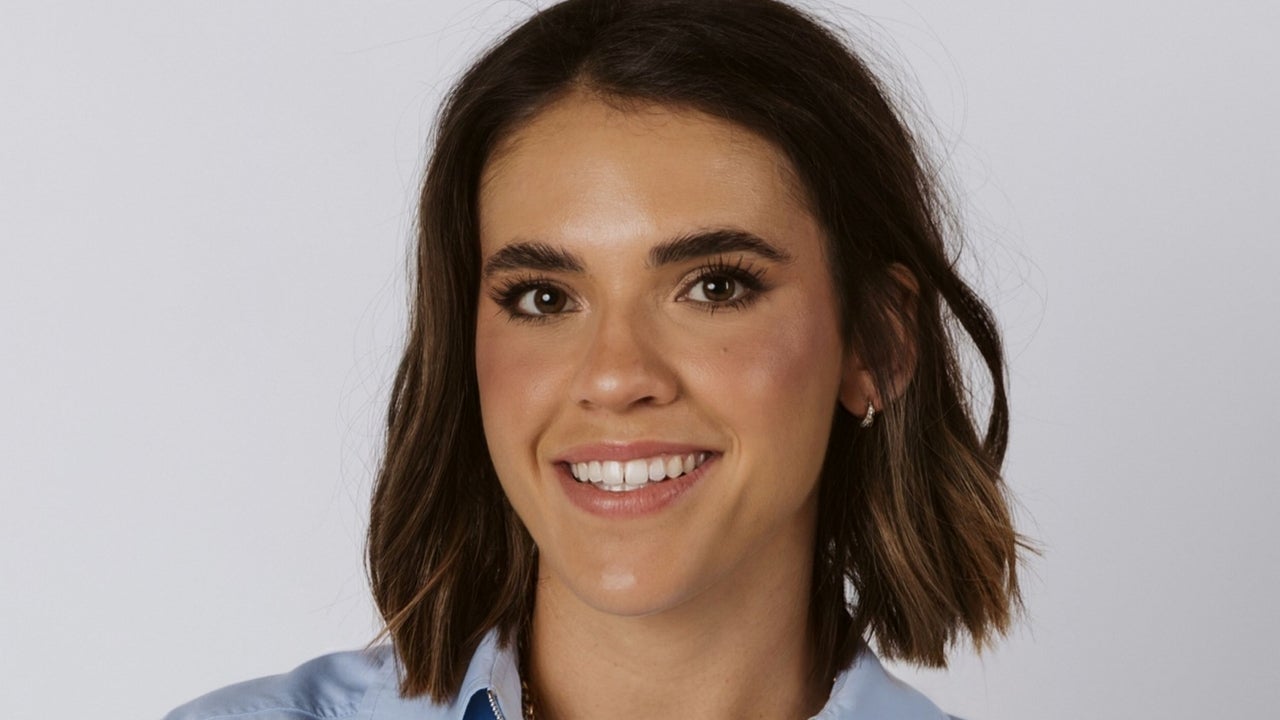Time’s Stephanie Trovato included Cariloha bamboo sheets in her article, “Best Bamboo Sheets for Your Budget and Where to Find them,” where she talks about Cariloha sheets being a top pick for year-round comfort. TIME is one of the most influential publications in the world and has been publishing for over a century. They receive over 21.2 million unique monthly visitors.
Best Bamboo Sheets for Your Budget and Where to Find them
By Stephanie Trovato
Bamboo sheets are popular for many reasons—they’re smooth, soft, and luxurious. In short, they’re everything you need for a restful night.
Bamboo sheets are also known to be naturally cooling and moisture-wicking, so you won’t overheat. They’re breathable and durable, so once you find a set you love, they’ll bring you enjoyment for years to come.
Ahead, you’ll find our top picks for bamboo sheets based on several categories, including value, durability, and cooling capabilities.
What to know before you shop for bamboo sheets
First, you’ll need to brush up on bamboo textile terminology. The most common bamboo textiles are rayon/viscose, lyocell, and bamboo linen.
Fabric made from bamboo is called bamboo viscose or bamboo rayon—and both are essentially the same thing. Once the cellulose is removed from bamboo pulp, it’s processed to create a silky, durable product then used to make sheets and clothing. That said, it’s considered a natural fabric. Rayon and viscose are the most common forms of bamboo in textiles. Lyocell bamboo is a semi-synthetic rayon fabric that’s been further processed. Less common is bamboo linen, which uses a chemical-free mechanical process and usually results in a coarse fabric more prone to wrinkling.
The types of bamboo sheets you’ll find while shopping include sateen, percale, and twill and their differences lie in the way they are woven:
- The sateen weave has a silky feel, lustrous sheen, and naturally resists wrinkles.
- The percale weave uses a one thread over, one thread under pattern, creating a crisp, lightweight fabric with a matte finish. Percale sheets have a breathability to them, which makes them popular among hot sleepers. In addition, however, they do wrinkle easily, so take that into account when purchasing them.
- Bamboo twill is short, tight, and features a fine weave. Bamboo twill is softer than bamboo cotton blend sheets.
There are some pros and cons to owning bamboo sheets that you’ll want to consider, especially if you’re switching over from cotton sheets:
Pros:
- Naturally soft
- Extremely durable
- Sustainable
- Breathable
Cons:
- Tend to be more expensive than cotton sheets
- May be prone to wrinkling
- May shrink
When shopping for the perfect bamboo sheets, you’ll want to consider your preferred weave, the feel you’re looking for, fit to the mattress, price, thread count, breathability, durability, and ease of care. The bamboo sheets we’ve selected offer a variety of options.
Our top picks
Best bamboo sheets for year-round comfort: Cariloha Bamboo Sheets
Cariloha’s bamboo sheets combine bamboo viscose and feature a luxurious twill weave finish that’s three degrees cooler and twice as soft as cotton. Cariloha’s bamboo sheets are durable and highly sustainable while being carbon neutral.
Cariloha bamboo sheets are naturally thermal regulating, so you can sleep warm in the winter and cool in the summer. The fabric is designed to naturally repel odors and allergens.
They’re available in twin, twin XL, full, queen, king, California king, and split king sizes. Choose from five different colors and sets include pillowcases. All Cariloha sheets have a 100-day trial period and free returns.
Specifications:
Price: Starting at $199
Material: Bamboo viscose
Weave type: Twill weave finish
Color and design: 5 options
Thread count: 250
Sizes: Twin, twin XL, full, queen, king, California king, and split king
Mattress depth: Extra deep pockets
Our evaluations and opinions are not influenced by our advertising relationships, but we may earn a commission from our partners’ links. This content is created independently from TIME’s editorial staff. Learn more.
Read more from TIME here.
















